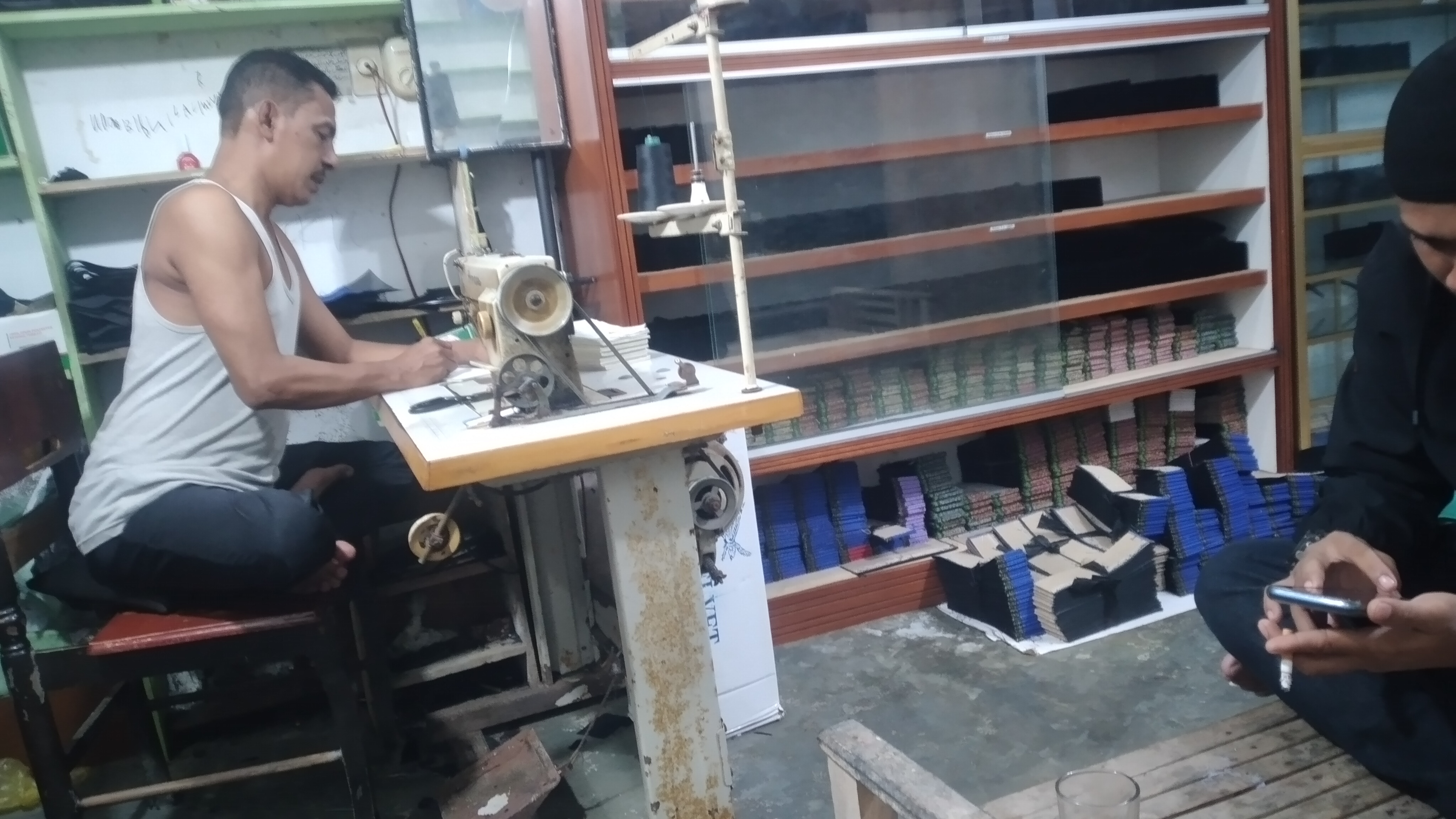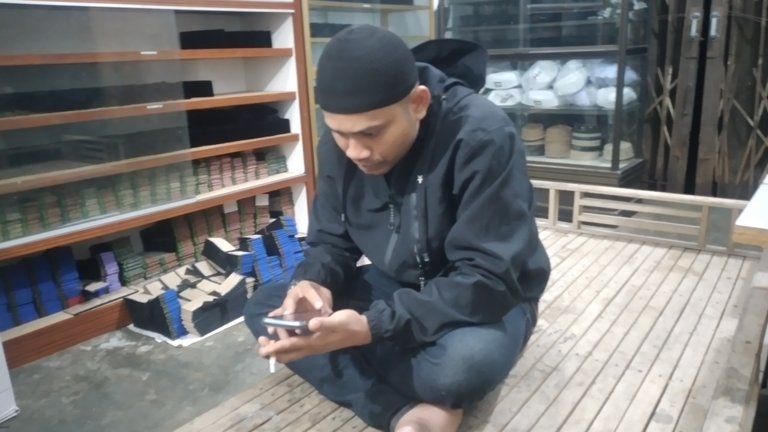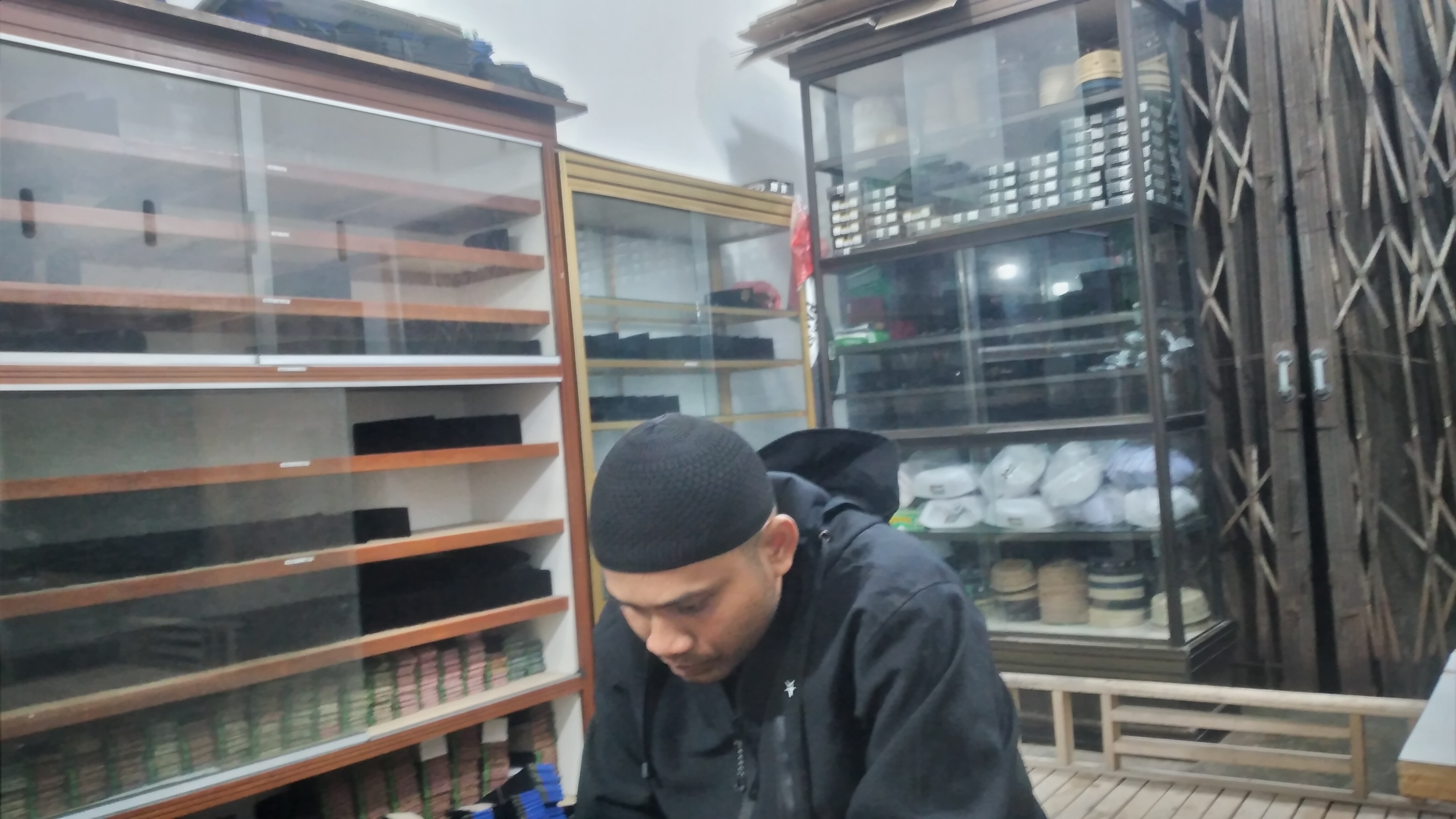
Sewing is the work of joining fabric, fur, animal skin, pagan, and other materials that can pass a sewing needle and thread. Sewing can be done by hand using a hand needle or with a sewing machine. People who work on sewing clothes are called tailors. A men's clothing tailor is called a tailor, while a women's clothing tailor is called a modiste. Sewing education can be obtained at sewing courses or fashion schools.
Sewing products can include clothing, curtains, mattresses, sheets, tablecloths, furniture upholstery, and upholstery upholstery. Other items that are sewn include sails, flags, tents, shoes, bags and book covers.
In the garment industry, sewing is mostly done using sewing machines. At home, people sew using a hand needle or sewing machine. Light work that involves sewing at home, for example repairing loose seams, darning clothes, or attaching loose buttons. As a craft art, people sew to make handkerchiefs, napkins, embroidery, stuffed dolls and patchwork crafts.

The work of sewing clothes consists of the stages of making patterns, cutting material, and sewing.
Pattern making
In fashion design terms, patterns are parts of clothing made from paper to be traced onto fabric before the fabric is cut and sewn. The basic pattern is made based on the clothing model, and the size is adjusted to the wearer's body size. There are two main techniques in making basic patterns:[1] flat construction which draws the pattern on paper using accurate measurements, and solid construction (pattern draping) which creates the pattern using muslin or calico on a sewing doll. The method of drawing patterns is named after the creator of the method, for example Dressmaking and So-En from Japan, or Danckaerts and Cuppens Geurs from the Netherlands. Women's magazines also often contain ready-to-use patterns (finished patterns) along with instructions on how to sew them.
Material cutting
After the pattern is pinned to the fabric with pins, the fabric is cut according to the sample pattern. In mass clothing production, the fabric is cut by cutting machines. Before the pattern is removed from the material, the lines and markings of the pattern are traced onto the fabric with the help of a rader, sewing carbon and sewing chalk.

Sewing work
After the fabric is cut, the pieces of fabric are joined using a hand needle or sewing machine. In sewing, there are a number of stitching techniques known, for example backstitch (backstitch), chain stitch, and stalk stitch. Apart from that, the seam stitch is known for connecting two pieces of fabric into one, and the seam sewing technique. Even though machine sewing is neater than hand sewing, not all sewing techniques can be done with a machine. After the garment has been sewn, the seamed edges are trimmed with an overlock machine so that the fabric threads do not come loose.
Final completion
Once finished, the garment often needs to be smoothed with an iron on an ironing board. Ironing difficult parts like sleeves is done with the help of an ironing pad.